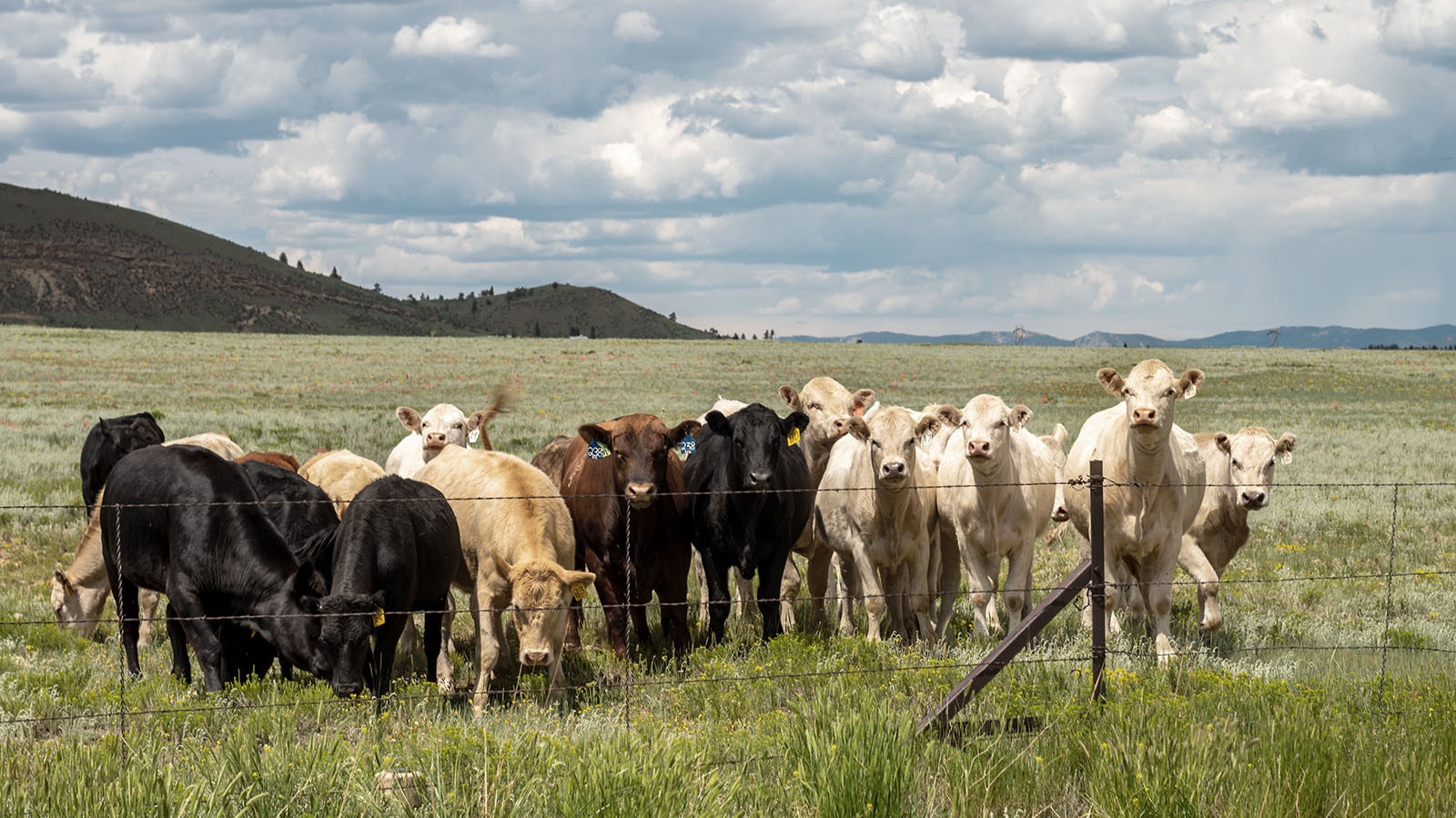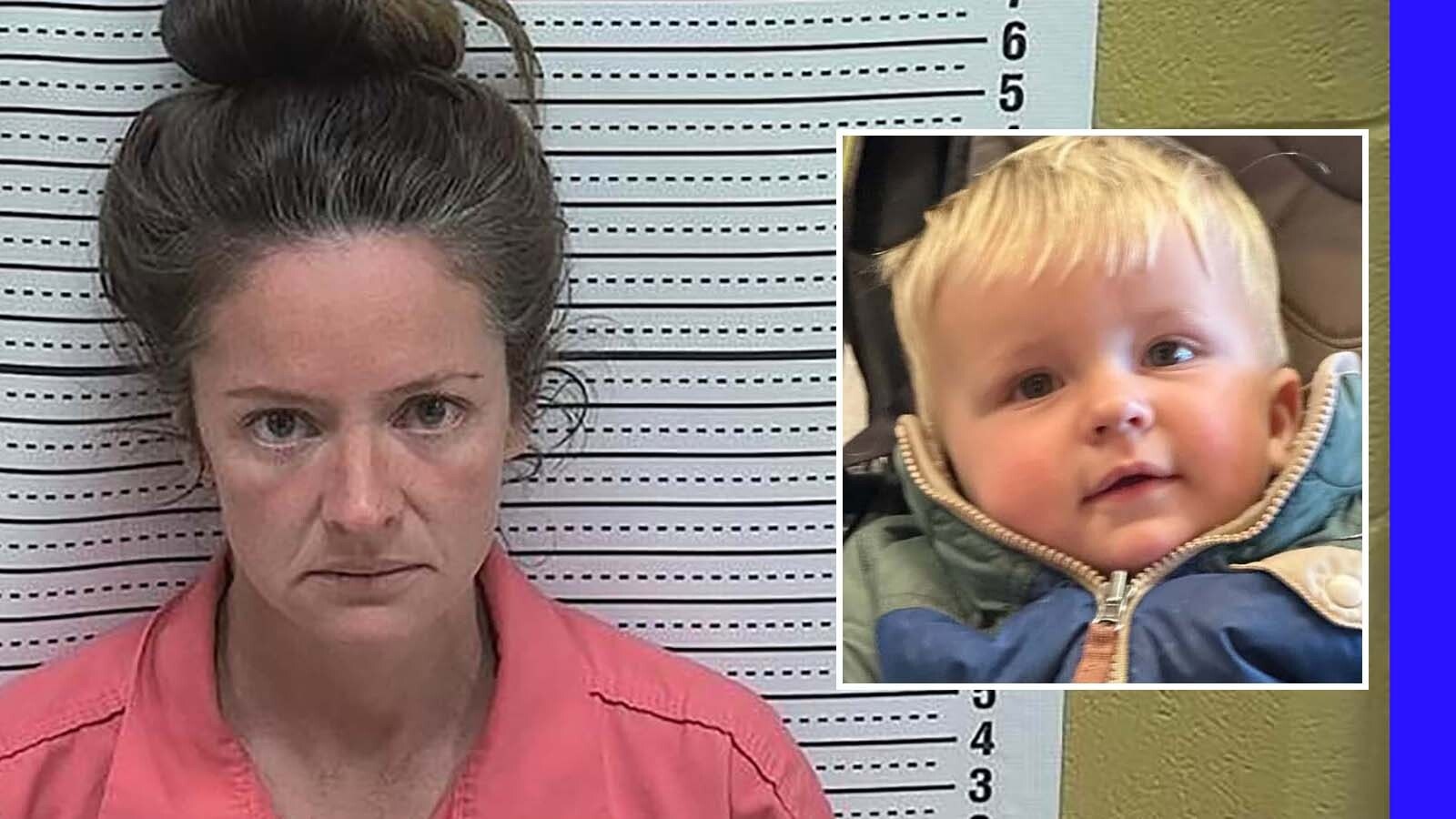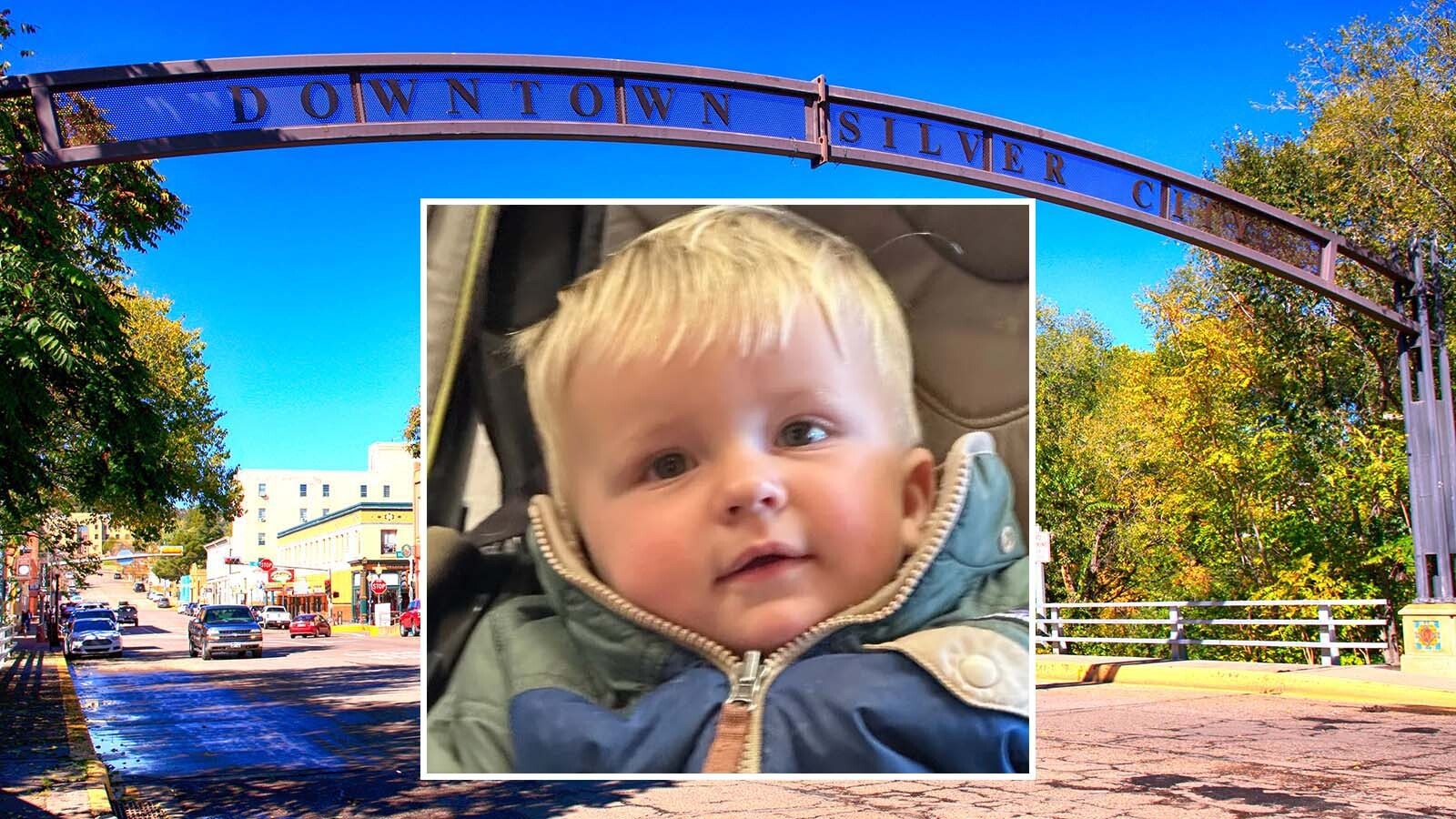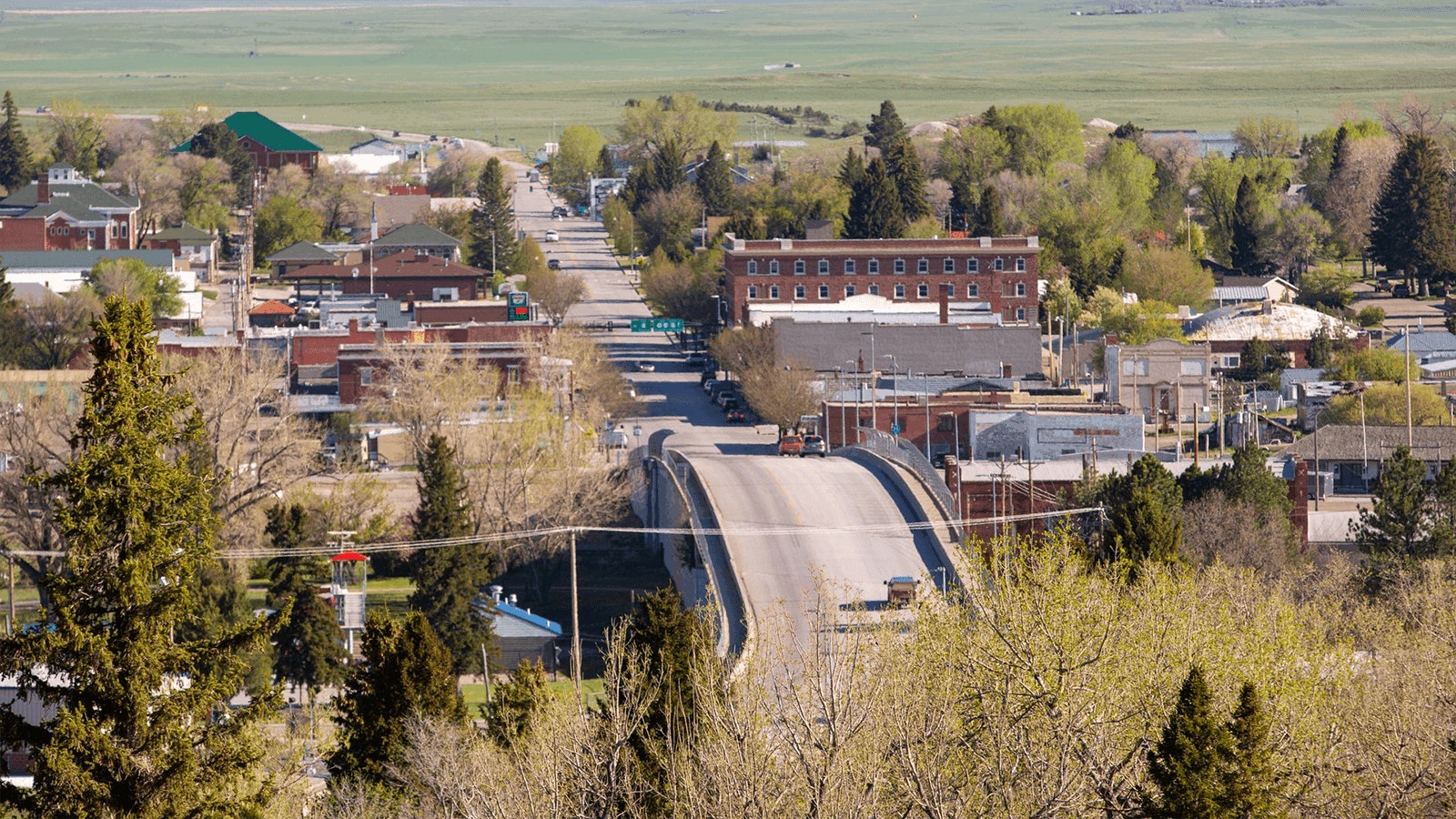Wyoming is a fence-out state, a Western ranching tradition that goes back before statehood.
That means that landowners who don’t want roaming cattle tromping through their gardens have to build a fence to keep the cattle of other ranchers out — but the landowner can then demand from the rancher half the cost of the fence he built.
The fence-out tradition is relevant to a recent, now-dismissed Crook County case in which two men who were frustrated at their neighbor’s errant cows were accused of rounding up about 200 cattle and bleaching penis shapes and other images onto them.
But the fence-out tradition is nowhere in the law; it’s buried instead in Wyoming’s conscience, Jim Magagna, executive vice president of the Wyoming Stock Growers Association, told Cowboy State Daily on Thursday.
“To this day there’s no statute – you won’t find any statute in Wyoming that says we’re a fence-out state for cattle,” he said. “But that’s the principle that’s been set, and it’s been upheld by the Wyoming Supreme Court.”
The same principle would apply to maintaining a fence, said Magagna. If the fence needs repairs, the landowner who doesn’t want his neighbor’s cows around must fix the fence, but he then can demand half the cost of that repair from his cow-herding neighbor.
State law does contain a caveat where an animal’s owner is liable for any damages the animal causes if it breaches a lawful fence.
Neighbors Can't 'Rough Them Up'
Philip Habeck, owner of the cattle that Patrick Sean Carroll and Tucker Kye Carroll were accused of bleaching in June after the cattle wandered onto the Carrolls’ land, told Cowboy State Daily on Monday that rain floods washed out his fence in three places.
“We had the flood of a lifetime,” said Habeck. “We went around that fence every time the water gaps got washed out. We fenced. It wasn’t like nobody did anything.”
Sundance Circuit Court Judge Lynda Bush dismissed felony property destruction charges against the Carrolls in October because it was difficult to ascertain the monetary damages in court, Habeck said. But that dismissal is without prejudice, meaning the prosecutor can bring the case again if new evidence or a fresh angle compels him.
The case affidavit alludes to Habeck leasing his land and having some agreement to receive funding for fixing the fence. But Habeck said his lease doesn’t specify anything that would undo the fence-out mandate.
Habeck said he finds the bleaching unjust and expects the prosecutor to bring the case back to court at some point.
“If that was all the cattle I had and I needed to sell them, it could put me out of business,” said Habeck, adding that the marked cattle would take a price hit at a market. “Your neighbors (can’t) have the right to run them in and rough them up and do whatever they want to.”
By now, the bleach markings have mostly faded, Habeck said.
The Carrolls have not returned Cowboy State Daily requests for comment.
Yeehaw
Though early American courts consulted the British common law, which brought a fence-in tradition, the fence-out mandate for cattle and horses is common in Western states, said Magagna.
It comes from a history of roaming herds in the vast spaces of the pre-homestead American West. Cattle barons and their hands drove their herds up and down between Texas and Wyoming.
“Wyoming was this wide-open space. There was no thought even of building any fences,” said Magagna.
Then came the homesteaders, plopping their humble cabins onto the land starting in the 1860s, claiming smaller parcels; guarding their crops.
By then, cattle barons had amassed immense political power, Magagna said. But the homesteaders hadn’t.
It Gets Bloody
Disputes about where cattle could graze sparked the infamous Johnson County War, Magagna said.
“Whenever I speak somewhere I always say how proud we are of our history – but we’re not proud of the Johnson County War,” said Magagna.
In 1882, cattle prices peaked, drawing more money and cattle to Wyoming. A beef glut soon followed and prices dropped, according to a Wyohistory.org story by John W. Davis. The formidable winter of 1886-1887 drove cattle prices down even further.
Six cattlemen lynched two homesteaders, Ellen Watson and Jim Averell, near the Sweetwater River in 1889. Watson and Averell had parked their homesteads in the middle of the cattlemen’s customary range.
That same year, Johnson County juries acquitted suspects in five cattle-theft cases. Cattlemen were enraged with the jurors. But newspaper stories from the time showed the cases against the accused to be “deeply flawed,” Davis recounted.
Cattlemen assembled some employees of the Wyoming Stock Growers Association into an assassination squad. They hanged one of the cattle barons’ competitors. Then they tried and failed to kill Nate Champion, a Powder River rancher with just 200 head who liked to graze his herd on public land.
Champion fought back and killed at least one of the assassins.
Johnson County authorities filed attempted murder charges against another assassin, Joe Elliot.
Two witnesses in that case were killed Dec. 1, 1891.
But the prosecutor kept after Elliott’s case and it looked likely he’d be convicted.
The big cattlemen decided in early March 1892 to go north and invade Johnson County.
Fifty men left Cheyenne in April and traveled to Johnson County, where they surrounded Champion at his ranch. Champion fought back for hours, wounding three men. But the cattlemen’s assassins torched Champion’s cabin, forced him out and gunned him down.
Johnson County Sends Its Own
The men of Johnson County formed a 400-soldier militia and rushed to confront the invaders.
Just when the Johnson County militiamen planned to blast the assassins with dynamite, soldiers from nearby Fort McKinney rode onto the scene and arrested the assassins.
Eight months later in a Cheyenne courtroom – and after Wyoming Gov. Amos Barber frustrated the investigation into the invaders – the charges against them were dismissed, Davis wrote.
The assassins were spared, but the politicians weren’t. Wyoming voters scorned the Republican politicians associated with the cattle barons and voted Democrat in 1892.
The year after that, the Wyoming Stock Growers Association opened its ranks to smaller ranchers.
Clair McFarland can be reached at clair@cowboystatedaily.com.





